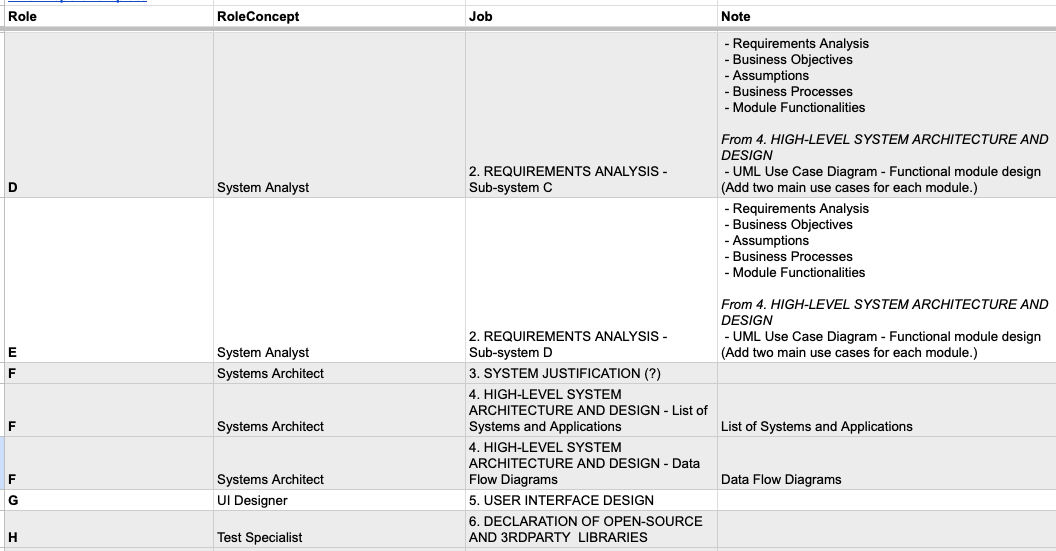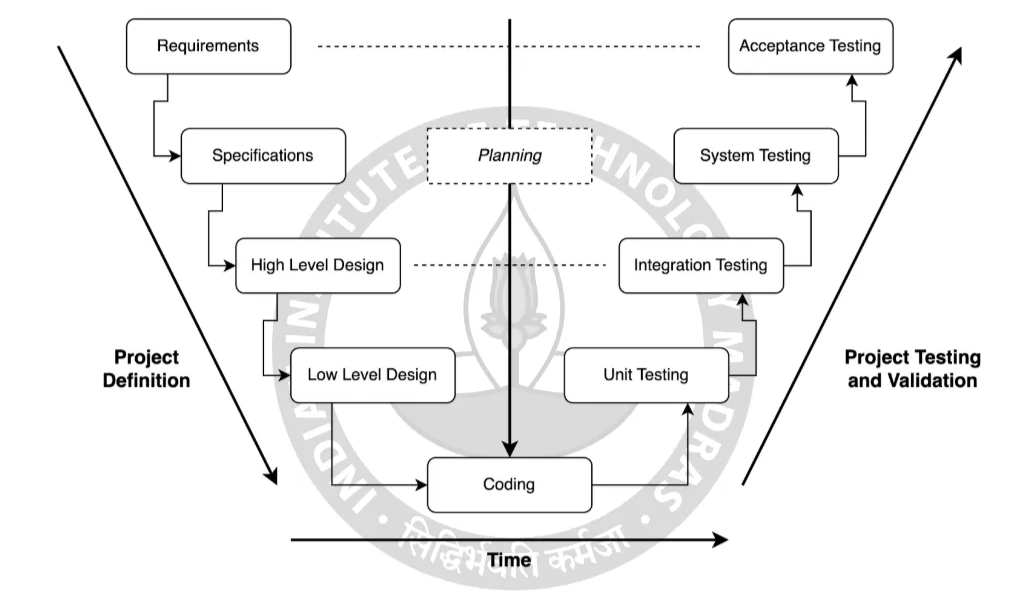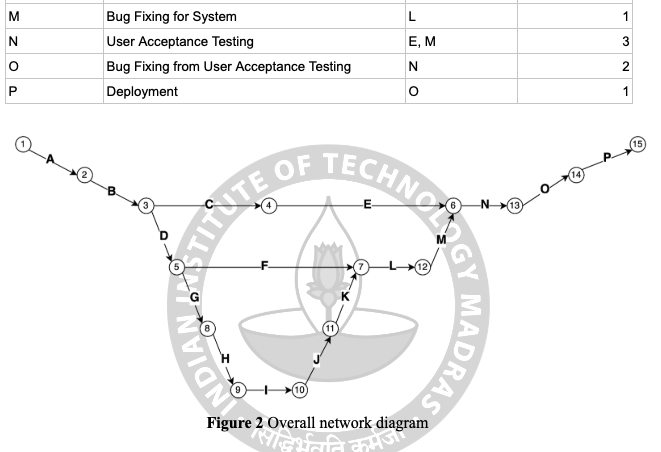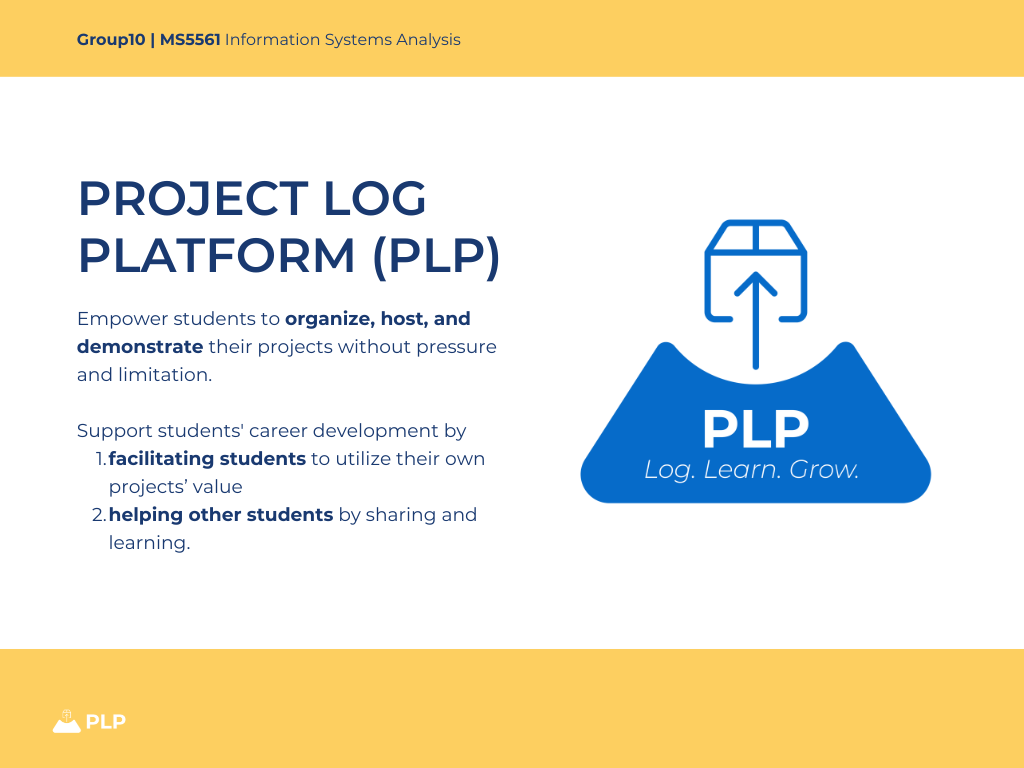Background
During the last quarter of my exchange in Indian Institute of Technology, Madras, I took this course, MS5561 (Information Systems Analysis), to learn more about software product development. Within one and half month, our 8-people team came up with the project idea, “Project Log Platform", estimated tasks dependency, analyzed the project requirements, finished the high level, and provide a draft for the UI (user interface).
Goal
Within one and half month, purpose a software project including project proposition, requirement analysis, high-level system design, and future plan (including UI and testing strategy).
Process
1. Project Idea Cooked - Purposing and filtering idea candidates
It is a course requirement from the professor to have a team size around 8 peoples, which raise a challenge to collaborate, especially for our team - while other teams mainly MBA students, our team has PhD students, MS students, students from industrial park, and exchange student (which is me).
Thus, to facilitate idea purposing, I first set a Google sheet for all team members to easily and freely share their project idea, (Figure 1.), then had a meeting with all members, which for whom proposed the ideas could share their thought, and end up with a idea vote.

Figure 1: The google sheet for purposing ideas
2. Project framing - Choosing project model and analyze task dependency
After we decided the idea, it is essential to assign roles to every member, and define clear responsibility, to ensure such a big team could follow the product development schedule. The role assigning is also coordinated by a Google sheet, where I first list the roles based on the final project sections, then have a meeting with all members to pick a job. To consider about personal preference, job which be picked by more than one people could ask for a negotiation. Figure 2 shows part of the role list with the responsibilities extracted from the final project sections.

Figure 2: The role list
As the project idea is purposed by me, I take the role to define the project scope, including involving stakeholders and project objectives. In addition, I also take charge in selecting the Software Development Life Cycle (SDLC) model, and analyze the tasks dependency.
As the project idea is straightforward, I took the V-lifecycle Model, which is supposed to accelerate the development speed as both project definition and project testing and validation run in parallel. (Figure 3)

Figure 3: The V-lifecycle model used in this project
As a requirement from the course, the network diagram is used to analyze the tasks dependency, with the task which depend on another task should be deal with later and get pointed by that task. Figure 4 shows the network diagram and part of the task table.

Figure 4: The network diagram
The final value proposition of the project is shown in Figure 5, which is a slide borrowed from our final presentation.

Figure 5: The value proposition of the project
The full project report could be accessed in this link
A clip of my presentation during the final session is embedded below.
(Thanks to and filmed by my friend Divyanshu.)
